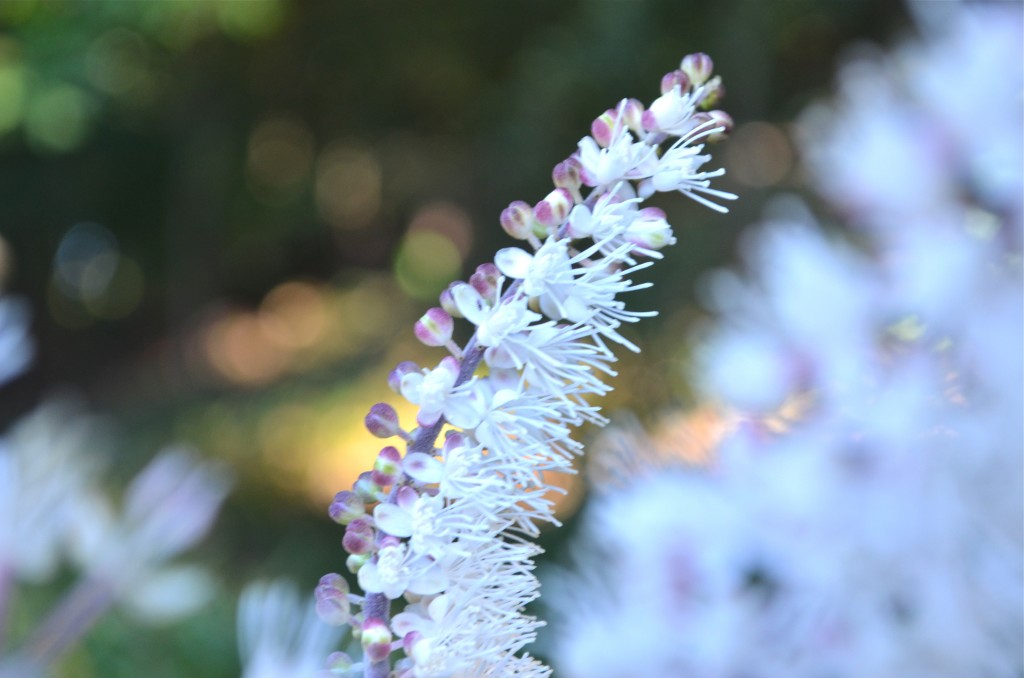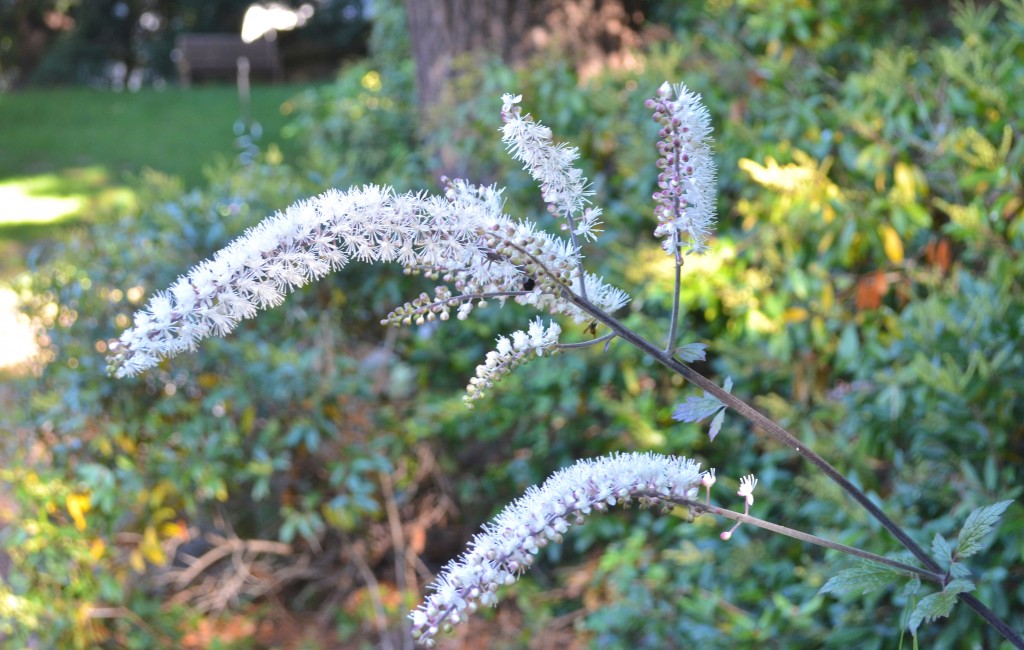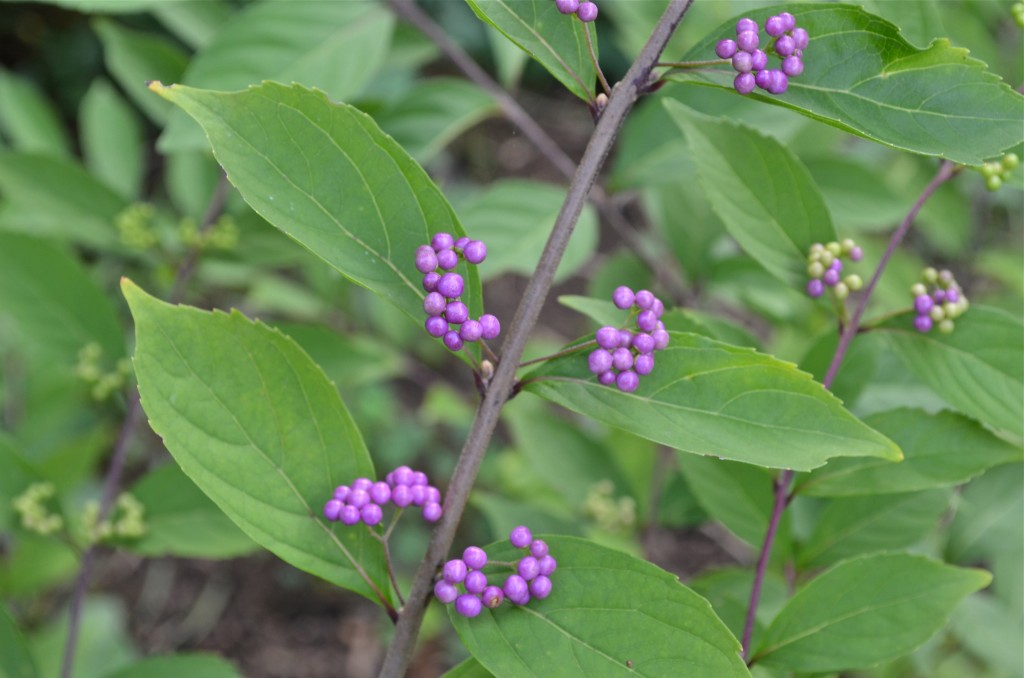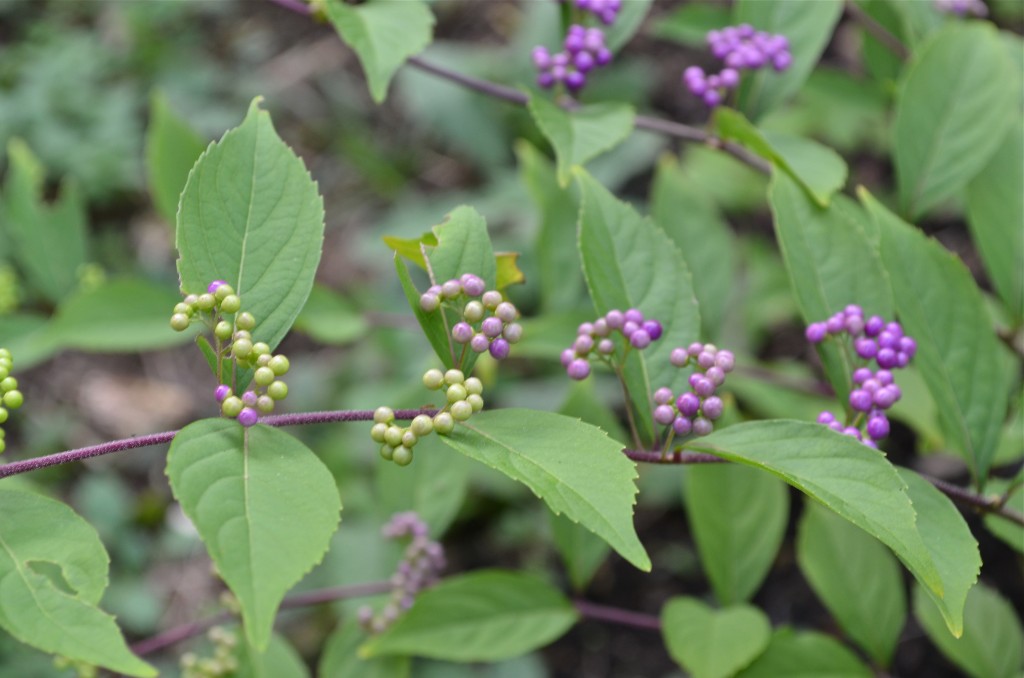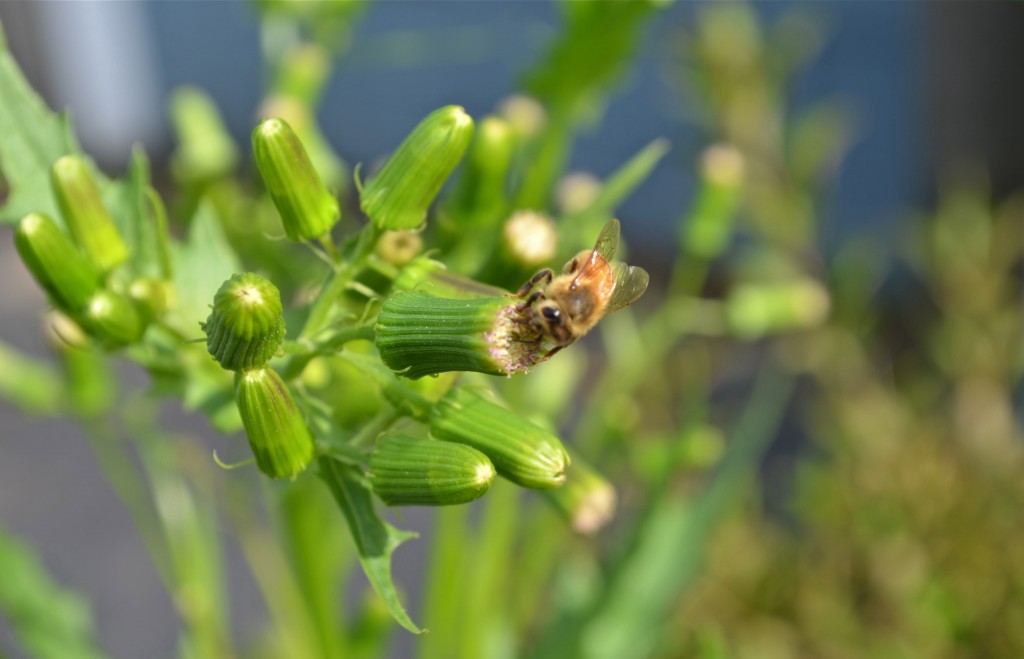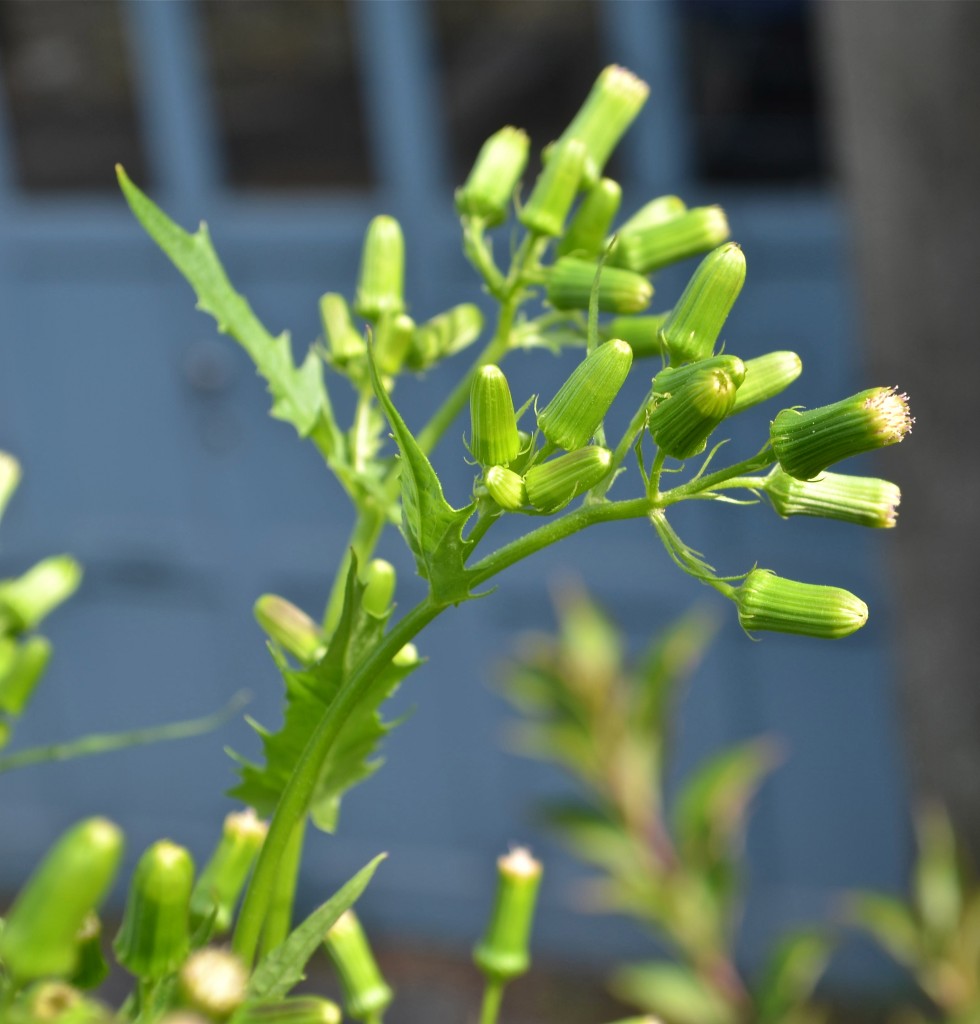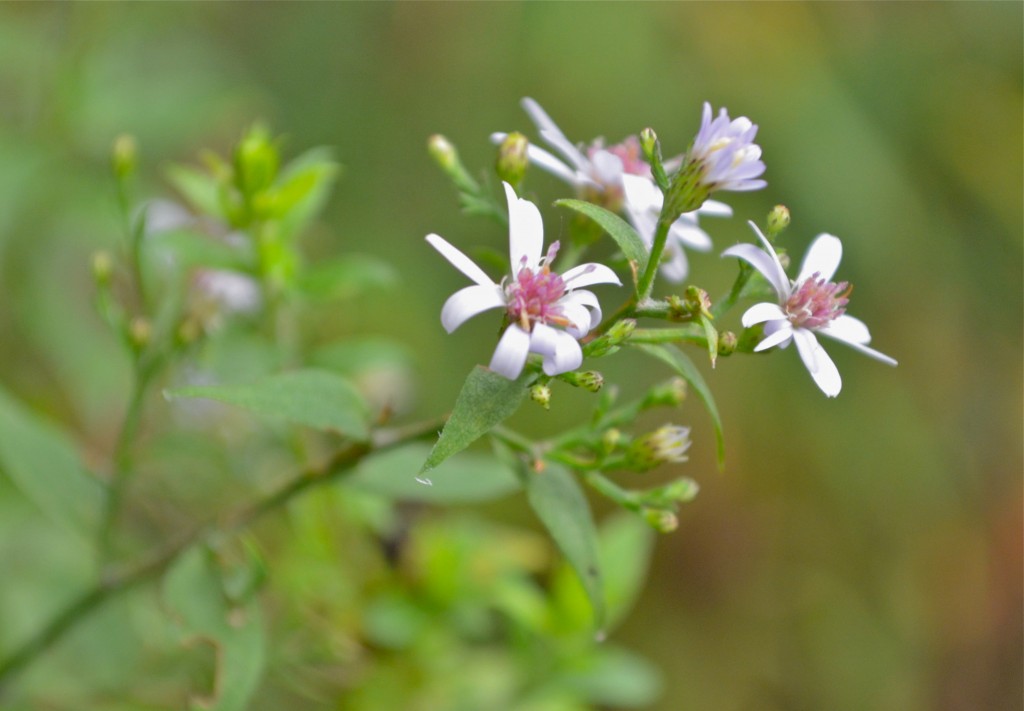A giant puffball grows in our back yard every fall. When I first noticed it, it had just emerged from the ground and was the size of a baby’s fist.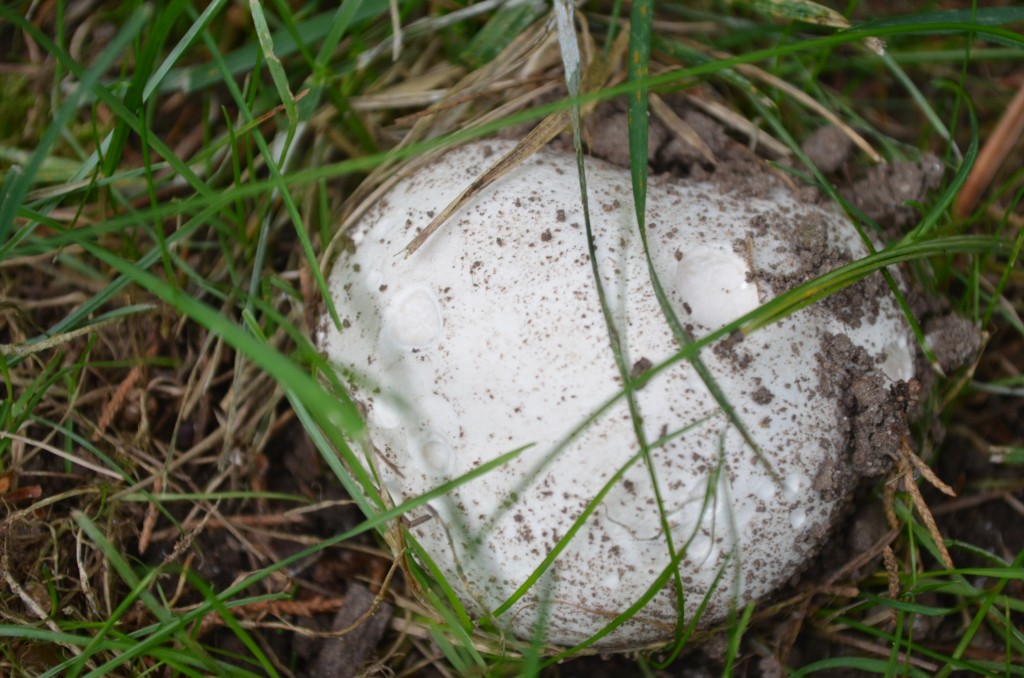 (September 26)
(September 26)
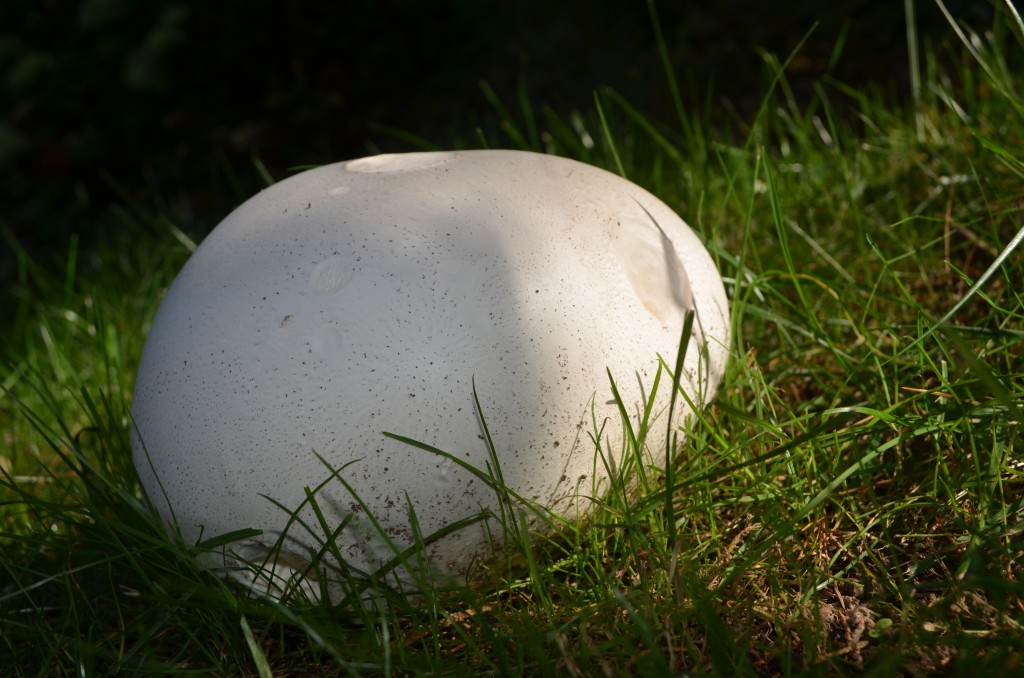
By October 1, just 5 days later, it was the size of a brain. We let it get a little bigger (3 more day’s worth of growth), and then picked it.
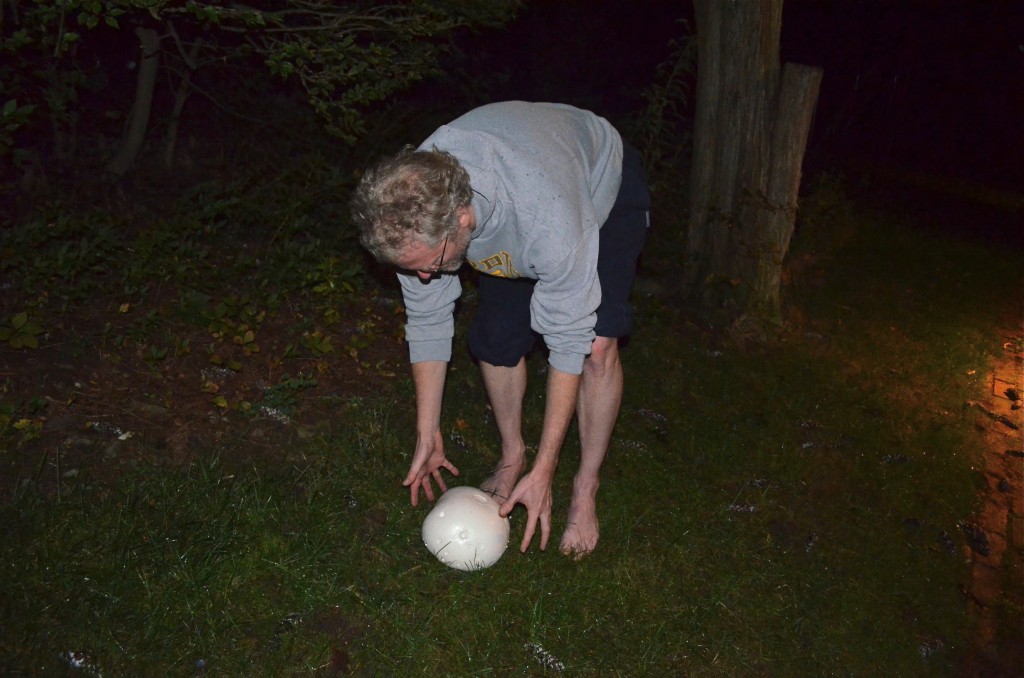
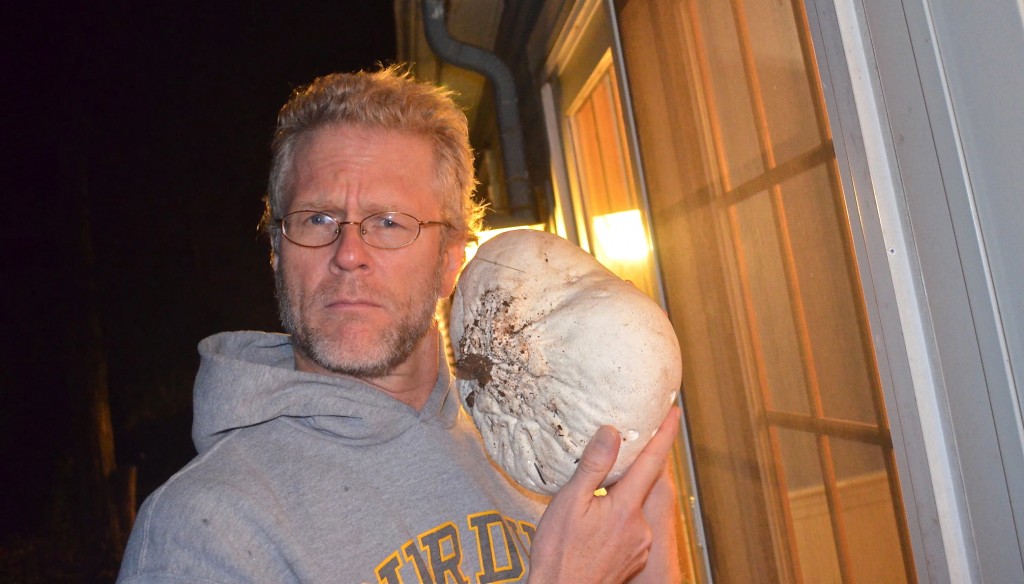 The consistency of the raw mushroom is like an especially dense, moist marshmallow. And there looks to be no circulatory system — they’re just solid white.
The consistency of the raw mushroom is like an especially dense, moist marshmallow. And there looks to be no circulatory system — they’re just solid white.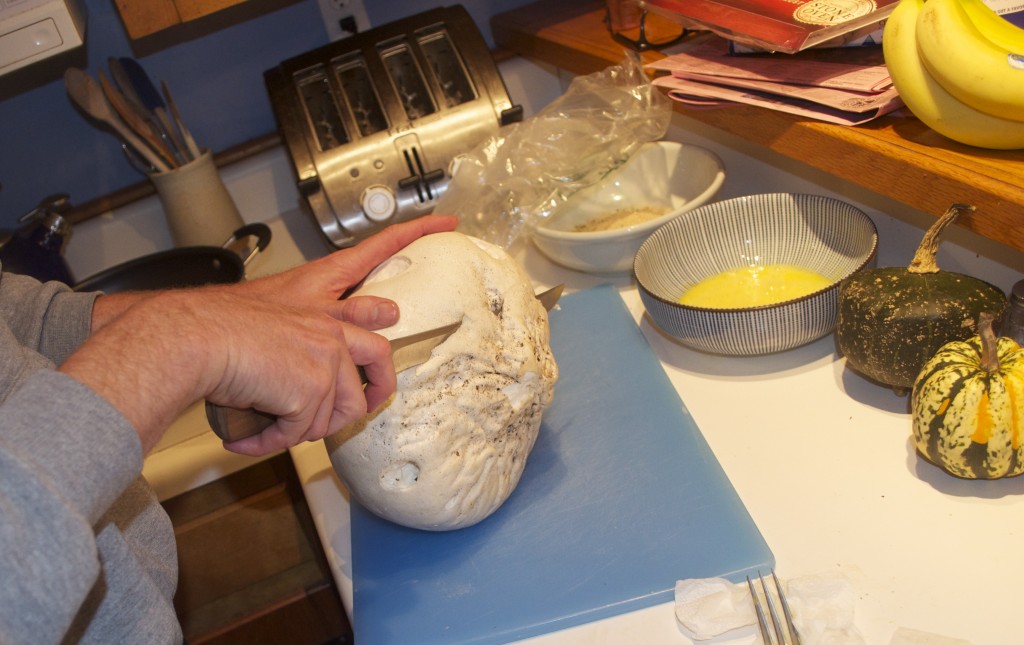
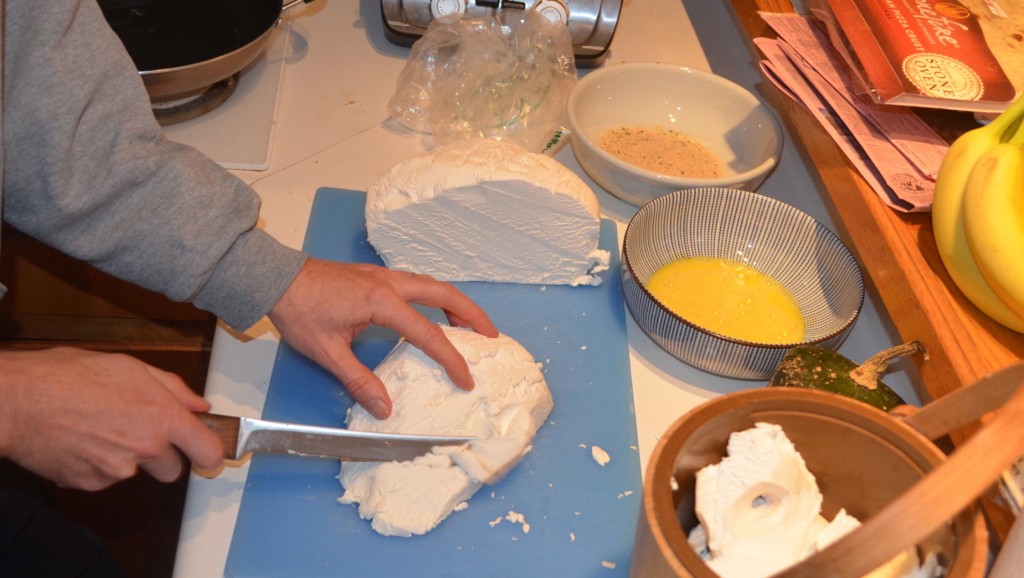
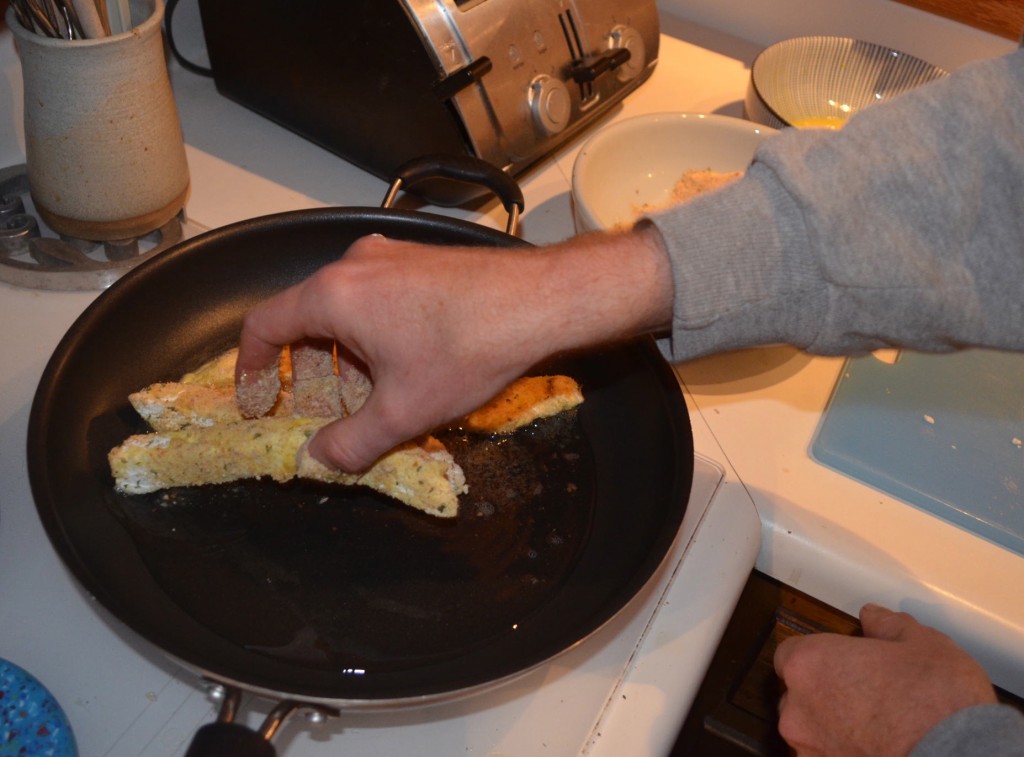
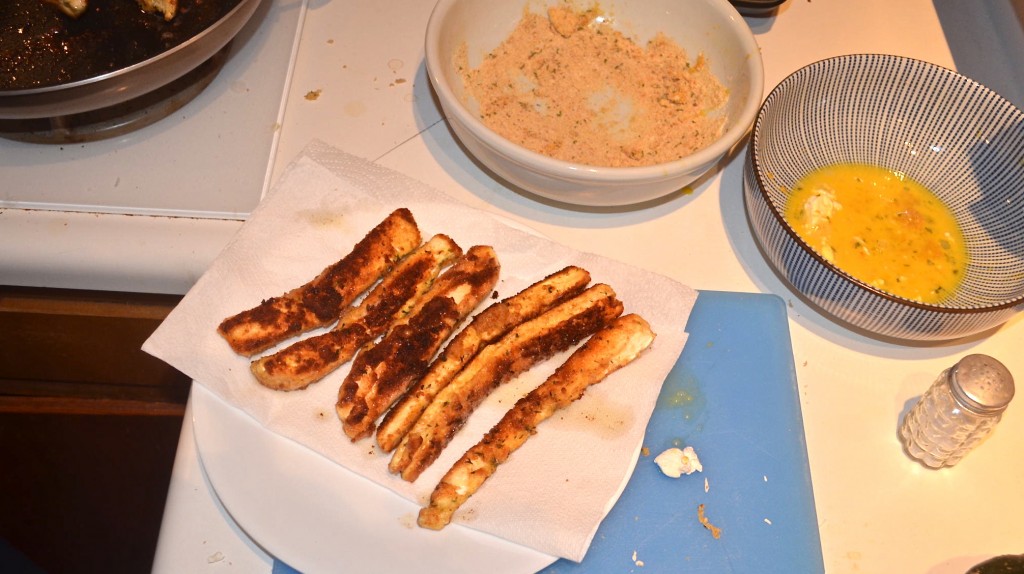
They were very good cooked — kind of like mozzarella sticks, melty and creamy. We also seared and froze some for later.
They’re edible only when young (when the inside is still pure white). Mature ones are greenish brown inside. All the spores are inside there — can be trillions of spores inside a single puffball. Native. Lycoperdaceae family.
Giant Puffball (Calvatia gigantea)

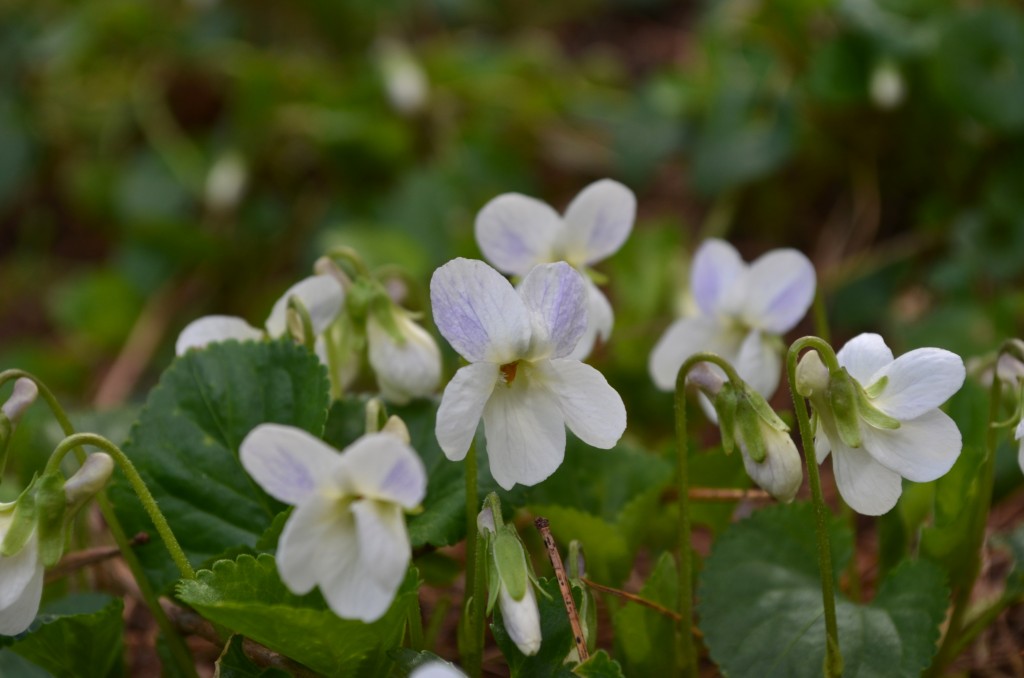
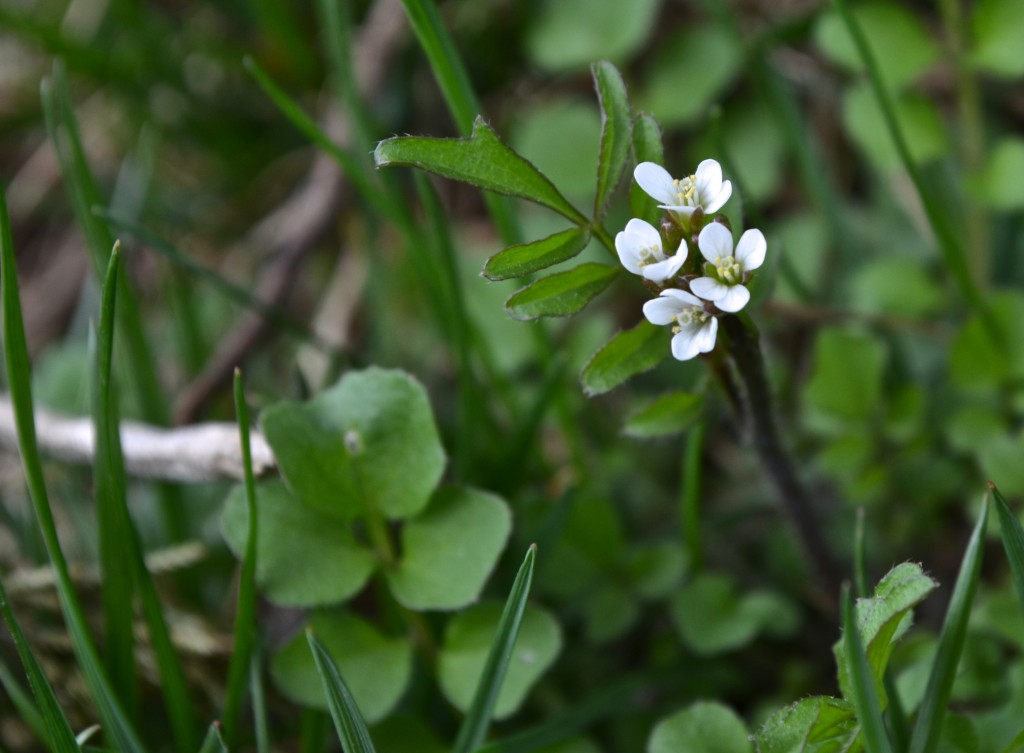
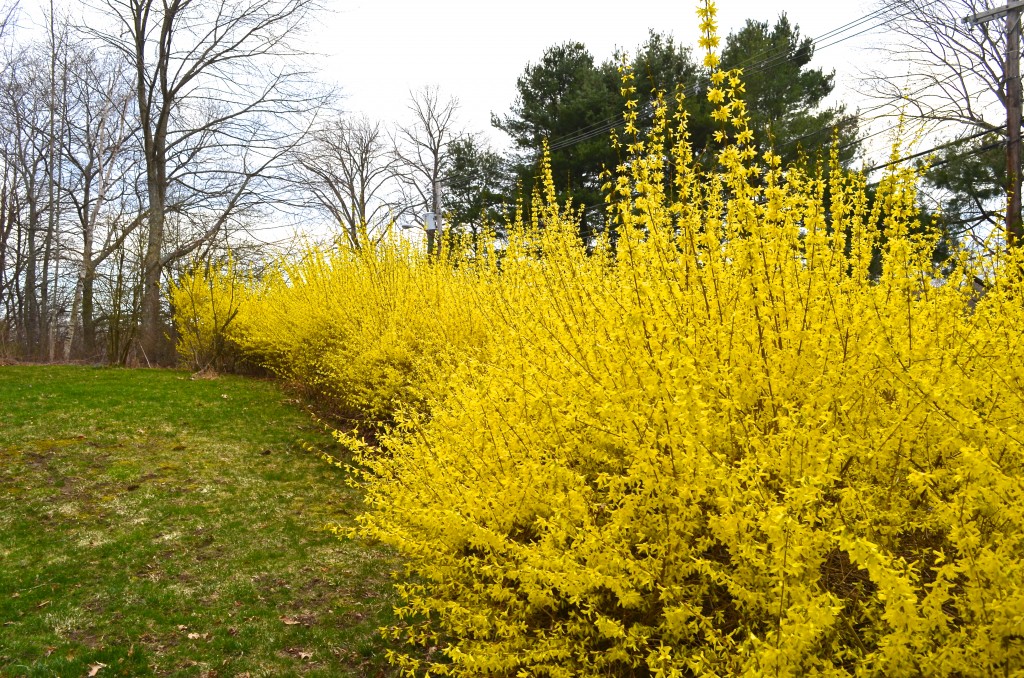
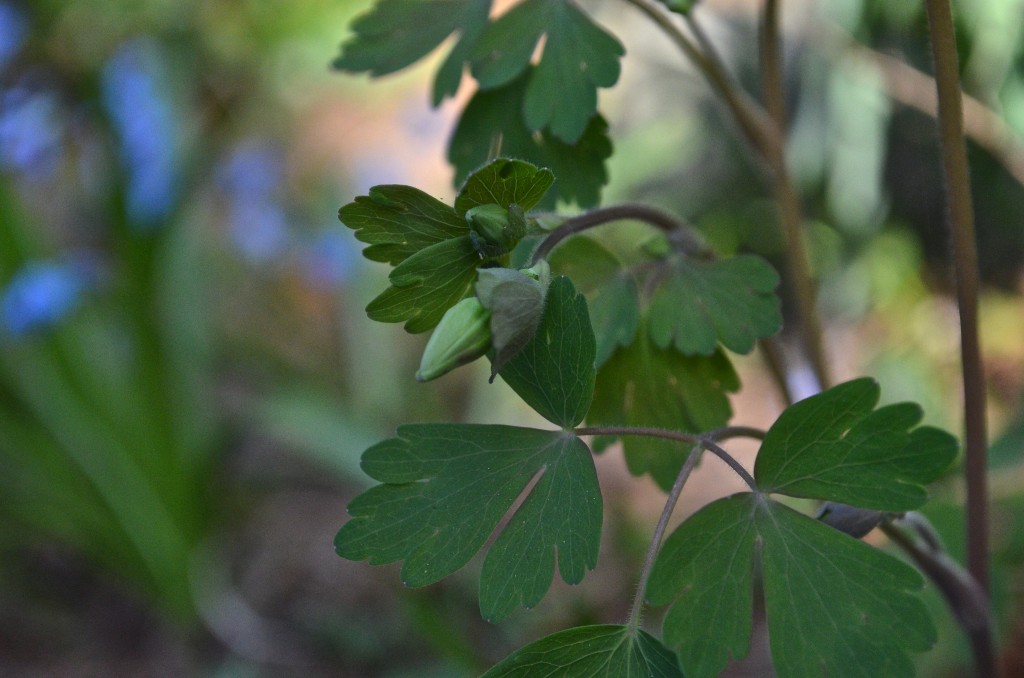
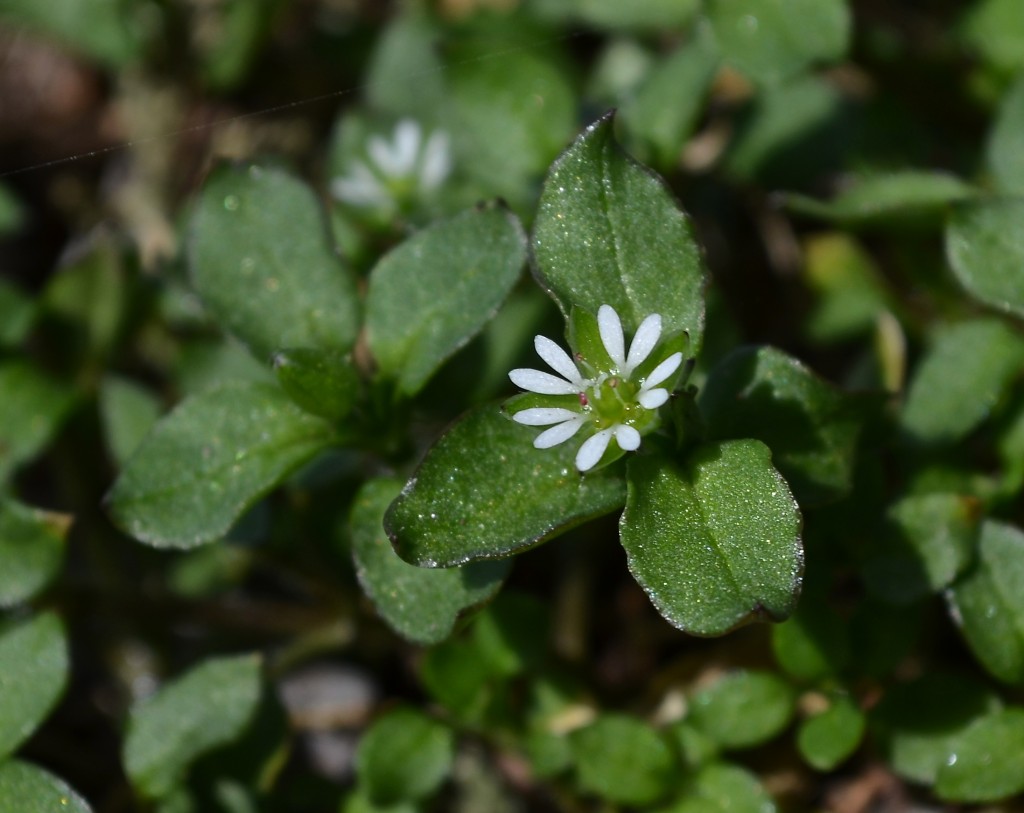
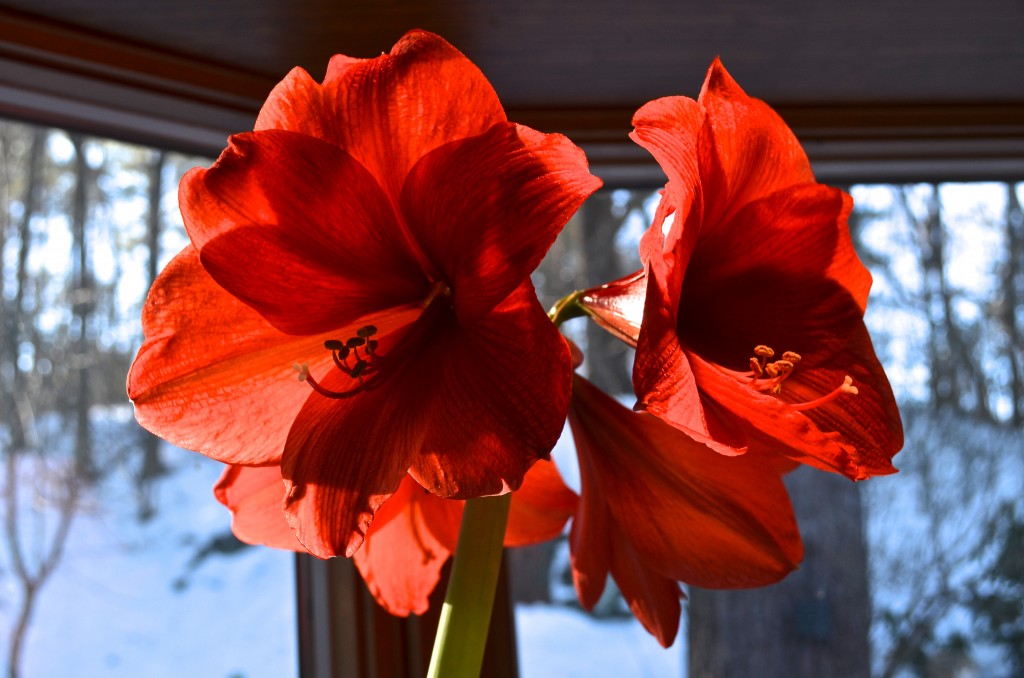
 (September 26)
(September 26)






